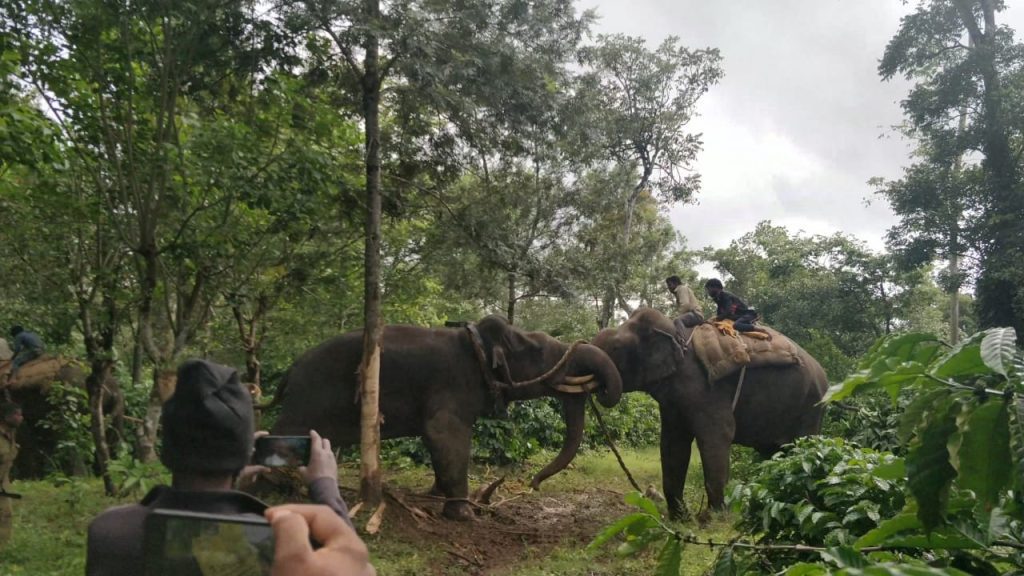After a seven-year gap, Odisha is set to conduct an elephant census across 43 forest divisions from May 22 to 24 using the direct sighting method. Forest officials will install 1,136 “machans” or raised platforms to facilitate the counting process.
The much-anticipated elephant census, delayed due to the 2019 summer cyclone, the COVID-19 pandemic, and other factors, will commence on Wednesday, May 22. Prior to the three-day exercise, a mock head count involving trained staff was conducted on Tuesday.
The All Odisha Elephant Estimation 2024 will utilize the direct count method. Department officials have prepared 1,136 machans, barracks, watchtowers, and other establishments for the census teams. The collected data will be analyzed at range, division, and circle levels before finalizing the numbers at headquarters.
Regional Chief Conservator of Forests (RCCF) stated, “The machans have been set up near water bodies and wet areas. The full moon on May 23 will aid in the exercise.”
The last census in 2017 recorded 1,976 elephants, a slight increase from 1,954 in 2015. Since then, over 400 elephants have died between 2019-20 and 2023-24 due to poaching, electrocution, and accidents.
Principal Chief Conservator of Forests (Wildlife), Susanta Nanda, emphasized the importance of the census, “Tall trees will be used to create machans. At least three persons will man each machan with high-end search lights, cameras, and binoculars. They will work in two shifts.”
Without regular census data, the wildlife wing lacks information about the elephant population’s composition, essential for effective management and understanding breeding patterns. Wildlife enthusiast Satyanarayan Das highlighted, “Census results will help contain man-animal conflict and provide a comprehensive picture of the herd’s composition.”
The collected data will be analysed at range, division and circle levels and finally at the headquarters for arriving at the final figure.
Additionally, the state has begun a leopard census across 51 divisions from May 1, using 3,312 camera traps. The results of both censuses are crucial for wildlife management and conservation efforts in Odisha.



























